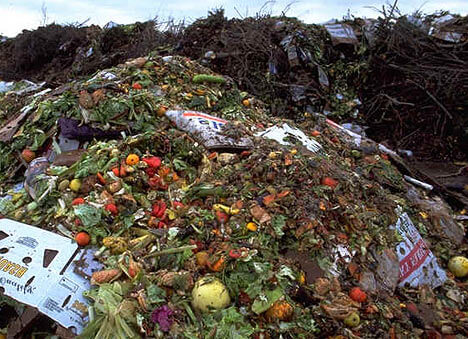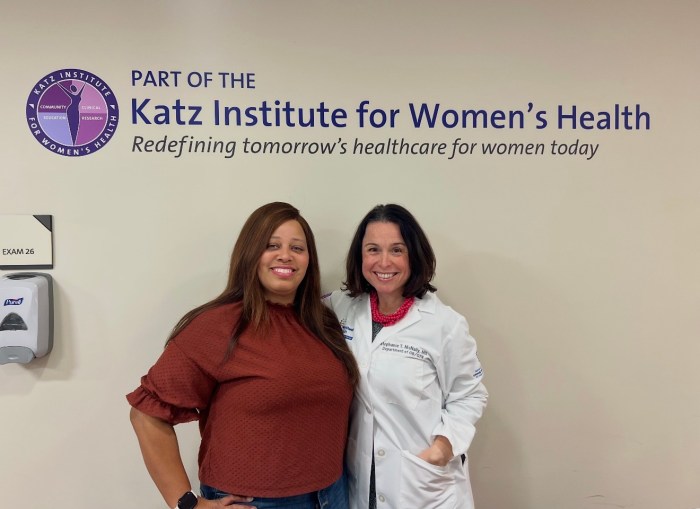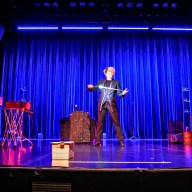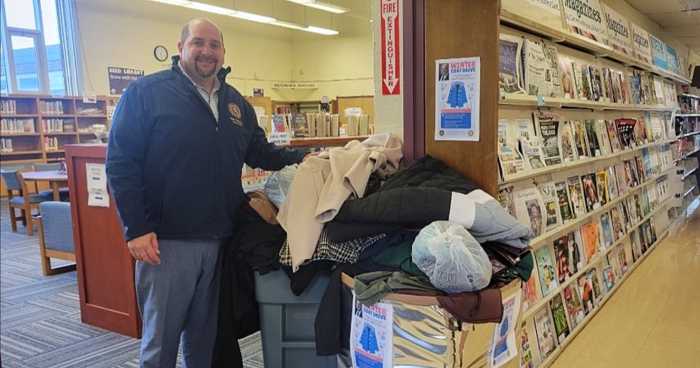 The New York State Energy Research and Development Authority (NYSERDA) today announced $57 million in funding to support anaerobic digester technology that will generate energy through the use of decaying organic materials.
The New York State Energy Research and Development Authority (NYSERDA) today announced $57 million in funding to support anaerobic digester technology that will generate energy through the use of decaying organic materials.
The technology, used mostly by the agriculture industry in New York, will help farms become more environmentally friendly by reducing their dependence on fossil fuel use. In addition to farms, the technology has applications in certain industrial settings, such as food production or wastewater treatment.
Anaerobic digestion, a renewable-energy process, creates biogas fuel from farm waste, wastewater treatment sludge or food processing waste. Microorganisms are used to break down biodegradable materials in a sealed, oxygen-free tank which produces a methane and carbon dioxide-rich biogas that can be burned to generate both electricity and heat.
At the end of the process, the leftover digestate materials can also be used as fertilizer. In the case of farms, the technology can also reduce odors by treating manure in this sealed process, improve nutrient cycle management and lessen farms’ impact on watersheds. It can also limit the emission of methane, a greenhouse gas that is than 20 times more potent than carbon dioxide.
“Anaerobic digestion offers farmers the opportunity to lower their energy costs while at the same time providing environmental benefits to air quality and local watersheds,” said Francis J. Murray Jr., President and CEO of NYSERDA. “This renewable energy project is just one way New York will achieve its goal of reducing greenhouse gases and consumption of fossil fuels.”
NYSERDA will invest more than $11 million per year for the next five years to qualifying applicants, in amounts of up to $1 million per applicant.
“Anaerobic digestion can make our farms more efficient and competitive by lowering the cost of energy. This technology offers significant air and water quality benefits, not the least which is using a greenhouse gas as a source of renewable energy,” said Darrel J. Aubertine, Commissioner of Agriculture and Markets. “This program will help make our agricultural economy stronger and our environment cleaner.”
The program provides about 50 percent of the cost of the power generation equipment. An additional 30 percent of the cost can be reimbursed by federal stimulus dollars for projects starting construction in 2011.
Applications will be accepted through 2015, or until the funding — awarded on a first come, first served basis — is exhausted. NYSERDA previously offered incentives toward anaerobic digester equipment in 2010 which attracted 19 applicants representing more than 10,000 kilowatts of capacity and $60 million worth of construction activity.
Examples of anaerobic digestion projects that were recently awarded RPS incentives in New York:
· Gloversville/Johnstown Wastewater Treatment Plant. NYSERDA funding: $923,000
· Sheland Farm, Jefferson County. NYSERDA funding: $210,000
· Patterson Farms, Cayuga County. NYSERDA funding: $361,000
· Sunnyside Farms, Cayuga County. NYSERDA funding: $1 million
· Boxler Dairy Farms, Wyoming County. NYSERDA funding: $1 million
“New York Farm Bureau was strongly involved in advocating for an RPS strategy that included agricultural energy investments. I’m very pleased that family farmers in New York will continue to be able to leverage NYSERDA funds to install innovative, environmentally friendly and energy conscious equipment. On behalf of NYFB, I thank both Governor Cuomo and NYSERDA President and CEO Frank Murray for recognizing the contribution of agriculture to the economy and environment in New York,” said Dean Norton, President of New York Farm Bureau.
The program is funded under the state’s Renewable Portfolio Standard (RPS). The RPS fund was created by the state Public Service Commission in 2004 with the goal of reducing the state’s dependence on fossil fuels. Today, the RPS — administered by NYSERDA and using funds collected from utility ratepayers around the state –helps pay for dozens of clean-energy projects every year, ranging from large-scale wind farms to photovoltaic panels on private homes.





























